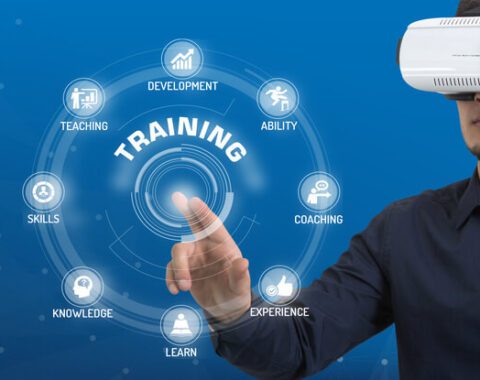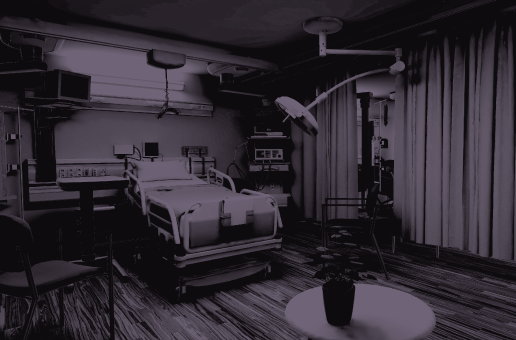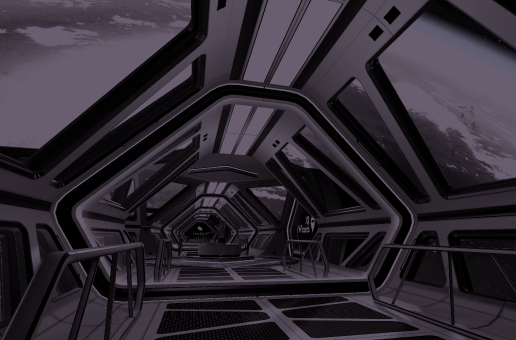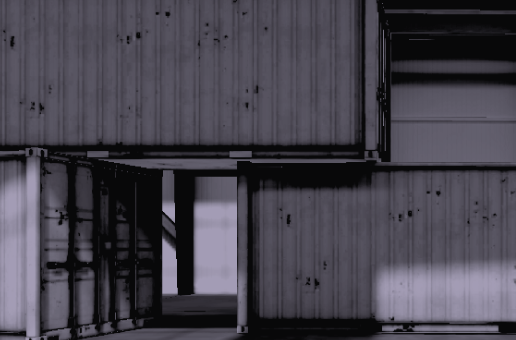Table of Contents:
Virtual Reality is expected to grow to $6.3 billion by 2022. Realistic, risk-free and highly effective technology has been emerging in various fields including healthcare. Medicine is now one of the top Virtual Reality technology adopters – many people consider VR as a high-tech solution for improving medical training and education. VR in medical training is a top-notch simulation that already helps to bridge the gap between classroom experiences and high stakes high-fidelity simulation. With medical tools undergoing revolutionary updates every day, it is critical for healthcare professionals to stay up to date with innovation. Where are VR applications expected to be most beneficial? Let’s dive deeply into the subject.
VR in medicine
There are numerous benefits of applying Virtual Reality to medicine. The technology is much more comprehensive than books and cadavers, it’s also 100% time- and case-independent. Thanks to VR in medicine, healthcare professionals can train their medical skills at any time they need to. No patients are directly involved so the training is fully safe and harmless, with no risk for the patient. On the other hand, Virtual Reality makes it possible to work on medical tasks that would be expensive or dangerous to undertake in a real setting. Virtual Reality in medicine leads to cost optimization and the general improvement of the quality of education. Currently, thanks to VR modeling, the following use cases of VR in medicine have become quite popular:
- Surgery simulations – surgeons and students can train operating in real-life environments to gain practical skills.
- Onboarding – new doctors can faster adjust to real job specifics in risk-free conditions.
- Use of medical equipment – it reduces costs and lowers the learning curve.
On top of that, Virtual Reality in medicine enables doctors and paramedics to develop automatic response behavior to low-frequency situations.
How to use Virtual Reality in medical training?
In an ideal world, real-life and VR-based training should be combined. So far, research shows that Virtual Reality solutions can bring the same results as real-life simulations. They are much cheaper though, which makes VR in medical training extremely effective. Also, Virtual Reality allows students to train in a more enjoyable and engaging way. They can acquire new skills and hone them through practice in interactive and fully safe virtual environments. In some cases, an instructor’s presence is not even required as all instructions are built inside the Virtual Reality application. Thanks to VR, students are able to visualize the interior of the human body, thus unveiling otherwise inaccessible areas. No more situations when students only practice once or twice before needing to perform a real surgical procedure – Virtual Reality provides them the ability to explore, make mistakes and learn from them. VR training can be offered using scenarios that closely mimic common surgical situations. Students can repeat all procedures multiple times to pursue perfection which is nearly impossible to achieve in a traditional school of medicine. When it comes to surgeries, Virtual Reality in medical training means watching operations as if you hold the scalpel. Technology is a way to elevate the teaching and learning experience to a whole new level.
VR in doctor training
Virtual Reality can be useful for training surgeons, doctors and nurses too. They always need to be ready to resolve numerous dilemmas in their work. Those include both practical and ethical decisions to make every single day. VR in doctor training may be useful in planning complex operations beforehand, like neurosurgical procedures. The technology helps surgeons carefully walk through the whole surgery and rehearse their planned intervention. It minimizes surprises which is a great step towards maximum safety, also during very complex operations. What does such a training look like? There is a massive load of data compiled from MRI, CT and ultrasound scans. It is then complemented by haptics and VR. In such cases, VR in doctor training is an almost real-life operation – the reconstruction feels just like the actual patient when in surgical surroundings. While discussing VR in doctor training, we cannot forget about VR-based surgical robots. By surgical robots, we mean robotic arms controlled by human surgeons at consoles. The surgeon depends on the camera placed in the body so that the surgeon can view the area being operated on. Summing up the paragraph about VR in doctor training, it is a unique learning opportunity for doctors, surgeons and other medical professionals to be better prepared to face complex and dynamic medical situations. This is coupled with convenience and privacy, at far lower costs in terms of time and travel. The training can be repeated as many times as required.
VR in paramedic training
Skills development and maintenance for most paramedic procedures are undoubtedly challenging. The opportunities to learn and practice are very limited as paramedic procedures are often required in life-threatening situations which means they need to be delivered under stressful conditions. It turns out that VR software can also be extremely handy in paramedic training. Paramedics usually work in an environment where the pressure may be insanely high so VR might be perfect for them to develop their knowledge and clinical expertise without risking a patient’s life. No one should first face their first harsh paramedic case in the real world and, unfortunately, this has been the case for a very long time. Virtual reality in paramedic training is usually a lesson that involves techniques that imitate prehospital patient situations. This definitely facilitates the learning and development of psychomotor skills to demonstrate critical thinking, decision-making, self-control and procedural skills without any risk. Virtual Reality in paramedic training imitates all existing possibilities and provides a rich environment where paramedics can respond realistically. It allows full immersion if the paramedic is in a virtual world with a virtual patient. The crafted VR world can be adjusted to include an endless range of situations and options. On top of that, the technology can provide feedback to paramedics during training so that they can learn from their own mistakes and gain more and more experience and skills without harming real patients.
Virtual Reality in first aid training
First aid is a medical environment where the safety and preparedness of people are of the utmost importance. Virtual Reality software places the student into a simulated first aid environment that is realistic and emotive. People can train in various, yet realistic scenarios, from a mining environment to an airplane. Let’s take a simple example: Virtual Reality puts you inside a situation and you are not told what the situation is like. Suddenly you feel what the situation is like and what the circumstances are. You have to react quickly as the speed of your response can save a life. Virtual Reality in first aid training lets you see and feel the full picture. In all cases you feel like you are inside the situation. The VR training can be fully adapted specifically for a certain person. The learning process is deeply immersive, as responses are based on genuine observations rather than prompts from an instructor. VR allows users to learn by doing that results in real capabilities.
VR in medicine – what’s next?
When it comes to VR in medical training, there is plenty of space for exploring new and experimental ways of training. The technology is becoming more refined and accessible so training without live patients will be less and less likely to happen. Now, VR helps students and doctors better understand the anatomy of the human body and the steps of various medical procedures. Through the headset, they can lay out multiple screens and decide on their point of view on operations that take place in the virtual environment. What’s next? The sky’s the limit.
Read more about VR in healthcare.








